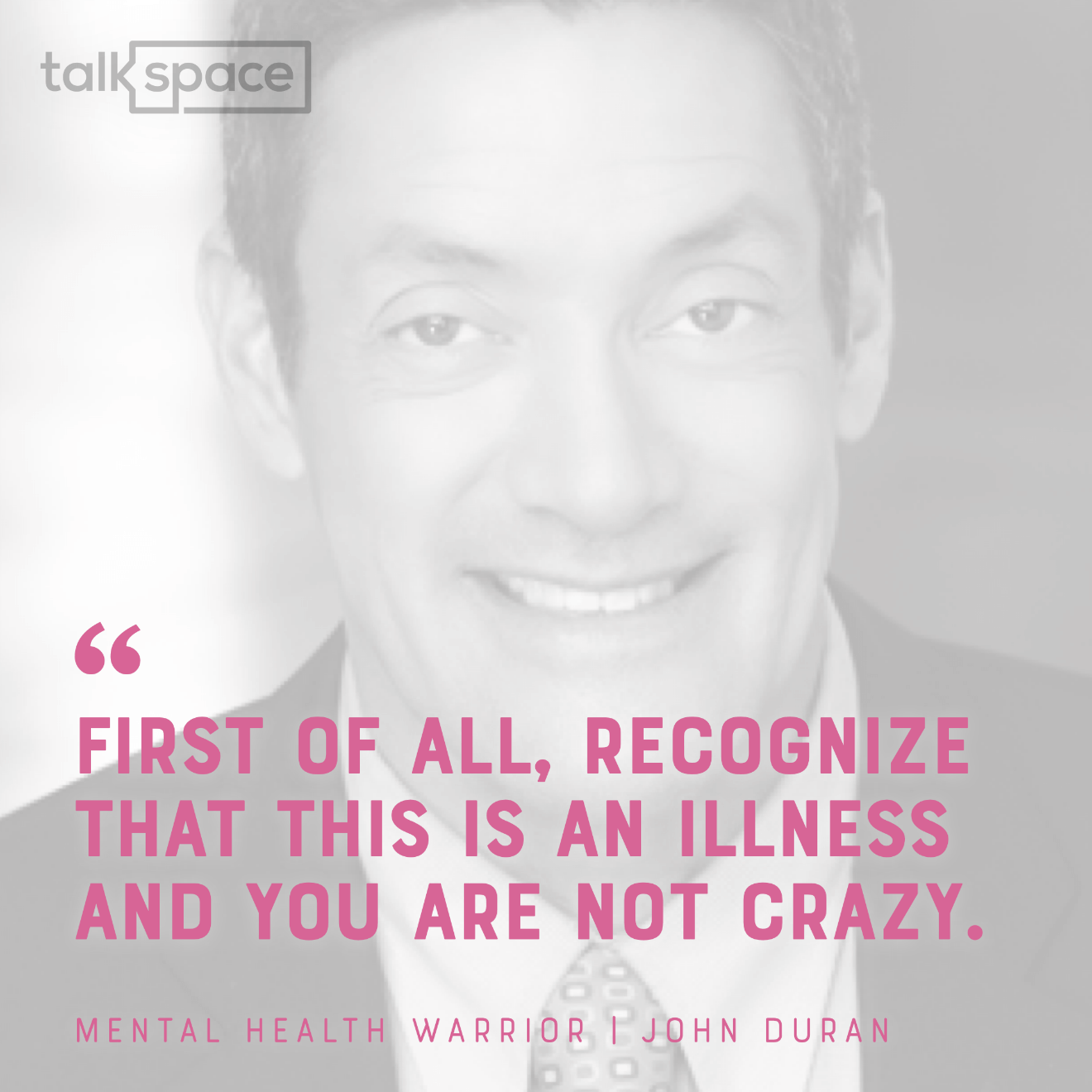Understanding and honoring the different gender identities is essential to living in a world that fosters and respects individuality and inclusiveness. Misgendering, when the wrong gender pronoun or name is used, can be incredibly damaging to those who identify as a transgender person or consider themselves within the transgender spectrum.
The act of misgendering, whether it’s intentional or not, can cause someone to feel fundamentally misunderstood and disrespected. Even worse, the experience can make a misgendered person feel unsafe in their environment. Being misgendered is usually a harrowing experience that does lasting damage. For marginalized communities — including people who identify as trans or gender diverse — studies show the added stress of misgendering can exacerbate existing mental health concerns, leading to a known increase in anxiety, depression, and poor self-esteem.
Keep reading to learn more about the critical importance of understanding gender identity and the need for respectful language that avoids misgendering.
What is Misgendering?
Misgendering is an unfamiliar concept to some. In simplest terms, it means incorrectly labeling someone’s gender by using the wrong pronouns or names when addressing them. This seemingly simple action can have far-reaching implications that affect people on both an emotional and psychological level.
The concept of misgendering has come into focus recently as parts of society attempt to create a more inclusive atmosphere that honors gender diversity. Despite growing awareness, many people still unknowingly engage in misgendering due to a lack of knowledge or ingrained societal norms.
Understanding what misgendering is and knowing the potential harm it can cause is crucial to fostering respect for all genders. By educating ourselves and others about the issue, we can contribute positively toward creating inclusive environments where everyone feels acknowledged and respected.
Forms of misgendering
While several forms of misgendering can occur, they all have the same harmful impact. Some common ways people misgender others include:
- Incorrect pronoun use: The first form often involves the misuse of pronouns. Miscalling a female he rather than she, or using the wrong pronoun, like referring to a trans man as she instead of he, are some examples of incorrect pronoun use. It’s important to note some people prefer non-binary pronouns like they/them.
- Deadnaming: Another typical scenario is deadnaming — using the wrong name to address someone. This generally involves using the birth name rather than a chosen name. Deadnaming frequently happens to those on the transgender spectrum who’ve selected new words or names to reflect their true identities more accurately.
- Incorrect assumptions based on appearance: One more form of misgendering includes making assumptions about gender based on appearance, voice pitch, or stereotypes — this constitutes misclassification too since these external factors cannot determine an individual’s identity.
Whether intentional or not, the harm and pain misgendering can cause are the same. Online resources can help you understand more about diverse identities, reducing the chance of inadvertently using damaging or offensive language.
Why is Misgendering Harmful?
Even in cases where it’s an innocent mistake, misgendering can inflict profound psychological implications as harmful as harassment.
Feeling fundamentally misunderstood leads to heightened stress among those who identify as transgender or are gender-nonconforming. This has been backed by minority stress model research, which illustrates how minority groups experience unique chronic social stress due to a stigmatized societal position.
By contrast, research also shows that reaffirming gender-preferred pronouns and names can have a significantly positive and profound impact. Chosen name use is linked to lessened suicidal ideation, lower depression rates, and reduced suicidal behavior.
The psychological impact
In a study surveying 28,000 people who identify as transgender, about 32% have had negative experiences, including being attacked, denied services, or harassed due to having a gender listed on a government ID that doesn’t match their presentation.
The psychological — and physical — harm caused by misgendering can range from feelings of humiliation and irritation to grave mental health issues and repercussions, like panic attacks, melancholy, self-harm inclinations, or even suicidal thoughts.
Impact on social relationships
Social relationships can also be impacted by misidentification based on perceived gender signifiers. Misgendering is linked to feelings of disrespect and alienation within social circles and further amplifies feelings of isolation.
Marginalization and discrimination
Categorizing everyone into stereotypical binary categories — male (cisgender man) or female (cisgender woman) — reinforces harmful assumptions around cisnormativity. It subjects those on the transgender spectrum to systemic marginalization as a result of nothing more than a rigid perception.
Discrimination worsens existing disparities — one example being access to healthcare — making those on the transgender spectrum some of the most vulnerable populations today.
Research suggests that marginalized communities face increased stress compared with their cis counterparts, largely due to societal prejudice that we know is perpetuated through actions like misgendering.
“Being subjected to misgendering repeatedly can be exhausting and often invalidates someone, and it’s worse when someone is casual about it. Over time, grappling with the decision to correct others can feel like someone is taking away your dignity.”
– Talkspace therapist Elizabeth Keohan, LCSW-C, LICSW, LCSW
How to Deal with Misgendering
Misgendering — whether you’ve been misidentified or you’ve mistakenly used incorrect gender signifiers — requires careful, thoughtful handling. The right reaction can help create an environment where those who identify as transgender individuals feel safe and respected.
If you misgender someone
Inadvertently using the wrong pronoun or name can happen, but the response matters most. If you find you’ve made a mistake, here are some ways you can correct your mistake:
- Acknowledge promptly but briefly: An immediate I’m sorry, followed by correctly addressing someone helps prevent unnecessary spotlight on the error.
- Avoid excessive apologies: Over-apologizing can make someone uncomfortable, as they might feel obligated to comfort you instead of having the space to focus on their feelings.
- Correct others if needed: This step shows respect for people’s identities and encourages those around you to strive for more mindful interactions. Any action to reduce minority stress perspectives can be helpful.
If you are misgendered
You deserve to be acknowledged with respect in a way that honors your authentic self. If you’re misgendered, use the following to educate others and correct behavior or gendered language.
- Safely express emotions: Directly communicating hurtful experiences generally leads to more respectful future interactions. Research supports that taking the time to learn how to avoid misusing gender terms matters so much.
- Educate: In cases where ignorance seems genuinely innocent rather than intentional, providing resources like articles explaining the definition of misgendering, and offering examples from personal narratives can be beneficial in preventing misunderstandings in the future.
- Create boundaries: If attempts at education don’t work or aren’t feasible, boundaries become necessary until someone is willing to learn and change behavior.
How to Avoid Misgendering Someone
Learning to not misgender someone takes continuous effort, understanding, and a willingness to change. Start with the following:
Tip 1: Ask for pronouns
Avoid making assumptions based on appearance or other gender signifiers — ask people about their preferred pronouns. Doing so shows respect toward identity and ensures you’re addressing someone correctly.
Tip 2: Practice using correct pronouns
If pronoun usage feels unfamiliar, practice can make it second nature over time. Remember that everyone makes mistakes — what matters most is a commitment to correcting your errors and growing from experience.
Tip 3: Educate yourself about gender identity issues
Educating yourself about topics related to gender identity will go far in preventing accidental misclassification. Several online resources are available to help you learn about different aspects of transgender experiences. You can also spend time learning about various identities within the transgender spectrum, for example, the difference between nonbinary and cisgender.
Resources:
- GLSEN: Activity and a short video that teaches students (or anyone) about the importance of the use of pronouns and misgendering.
- Uplift Center for Grieving Children: Infographic with tips on how to avoid misgendering and deadnaming.
- National Institutes of Health: Website dedicated to the importance of gender pronoun use in the workplace.
- U.S. Department of Education: Resources for LGBTQI+ students.
Understanding the concept of misgendering ensures we can help people feel safe, respected, and validated in our society.
“Addressing someone, in general, is a sign of courtesy and respect, and taking a minute to pause is helpful, rather than rushing through or ignoring an appropriate acknowledgment, which can be hurtful and negatively impactful. It is always OK to take the time to understand each other and to practice the same respect you may want in mixed company. When in doubt, ask kindly what someone prefers regarding pronouns. It’s always more awkward and less kind to assume and get it wrong.”
Talkspace therapist Elizabeth Keohan, LCSW-C, LICSW, LCSW
Education is Key to Overcoming Misgendering
Misunderstanding or miscommunication about gender identities can lead to misgendering. By cultivating an environment of learning, we can prevent these situations from arising and create a society that respects anyone on the transgender spectrum.
Education about diverse gender identities helps us understand how language and behavior can negatively impact others. This awareness can pave the way for healthy interactions that reduce cases of identity misclassification. Marginalized communities face increased stress from frequent incidents of being misgendered, so recognizing the harm caused by unintentional misgendering, ignorance or bias is critical.
If you’ve ever been on either end of misgendering or you want to learn more about respectful communication practices that contribute positively towards inclusivity, you might consider seeking help from Talkspace. This online therapy platform offers resources explicitly designed to address LGBTQIA+ challenges. Talking to an LGBTQIA+ affirming therapist can help you navigate conversations around gender identities and discuss any impact of misgendering on LGBTQIA+ mental health. Learn more about how online therapy can be a source of support for the LBGTQIA+ community and those wanting to address misgendering today.
Sources:
- The experience of misgendering among trans and gender diverse people. ScholarWorks at UMass Boston. Accessed July 22, 2023. https://scholarworks.umb.edu/doctoral_dissertations/600/.
- Understanding nonbinary people: How to be respectful and supportive. National Center for Transgender Equality. January 12, 2023. Accessed July 22, 2023. https://transequality.org/issues/resources/understanding-nonbinary-people-how-to-be-respectful-and-supportive.
- Minority stress model. Minority Stress Model – an overview | ScienceDirect Topics. Accessed July 22, 2023. https://www.sciencedirect.com/topics/psychology/minority-stress-model.
- Russell ST, Pollitt AM, Li G, Grossman AH. Chosen name use is linked to reduced depressive symptoms, suicidal ideation, and suicidal behavior among transgender youth. Journal of Adolescent Health. 2018;63(4):503-505. doi:10.1016/j.jadohealth.2018.02.003. https://www.jahonline.org/article/S1054-139X(18)30085-5/fulltext#intraref0010a. Accessed July 22, 2023.
- The report of the – U.S. Transgender Survey. National Center for Transgender Equality. December 2017. Accessed July 2, 2023. https://transequality.org/sites/default/files/docs/usts/USTS-Full-Report-Dec17.pdf.
- Millar K, Brooks CV. Double jeopardy: Minority stress and the influence of transgender identity and Race/Ethnicity. International Journal of Transgender Health. Published online 2021:1-16. doi:10.1080/26895269.2021.1890660. https://www.ncbi.nlm.nih.gov/pmc/articles/PMC8986215/. Accessed July 22, 2023.
- Supporting the transgender people in your life: A guide to being a good ally. National Center for Transgender Equality. January 27, 2023. Accessed July 22, 2023. https://transequality.org/issues/resources/supporting-the-transgender-people-in-your-life-a-guide-to-being-a-good-ally.
- Misgendering and respect for pronouns. GLSEN. Accessed July 22, 2023. https://www.glsen.org/activity/misgendering-and-respect-pronouns.
- Gender 101: Avoiding misgendering and deadnaming – uplift philly. Uplift Center for Grieving Children. Accessed July 22, 2023. https://upliftphilly.org/wp-content/uploads/2020/11/Gender-101_-Avoiding-Misgendering-and-Deadnaming.pdf.
- Gender Pronouns Resource. National Institutes of Health. Accessed July 22, 2023. https://dpcpsi.nih.gov/sgmro/gender-pronouns-resource.
- Resources for LGBTQI+ students. Home. July 3, 2023. Accessed July 22, 2023. https://www2.ed.gov/about/offices/list/ocr/lgbt.html.
Talkspace articles are written by experienced mental health-wellness contributors; they are grounded in scientific research and evidence-based practices. Articles are extensively reviewed by our team of clinical experts (therapists and psychiatrists of various specialties) to ensure content is accurate and on par with current industry standards.
Our goal at Talkspace is to provide the most up-to-date, valuable, and objective information on mental health-related topics in order to help readers make informed decisions.
Articles contain trusted third-party sources that are either directly linked to in the text or listed at the bottom to take readers directly to the source.




